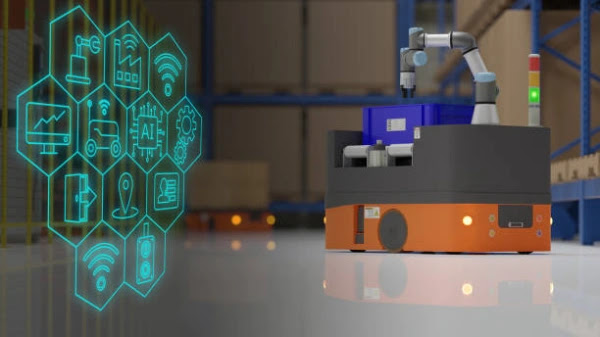Featured
- Get link
- X
- Other Apps
The Challenges of Static Speakers
Static speakers can be a nuisance for a number of reasons. They can:
Reduce sound quality. Static can mask or distort the audio
signal, making it difficult to hear the music or other content clearly.
Be distracting and annoying. The constant hissing or buzzing
of static can be very distracting, especially when trying to relax or focus.
Damage the speakers. Prolonged exposure to static can damage
the speaker drivers, reducing their lifespan.
Be a sign of a larger problem. Static can sometimes be a
symptom of a more serious problem with the speakers, such as a loose connection
or a damaged component.
In addition to these challenges, static speakers can also be
frustrating to troubleshoot. There are a number of possible causes of static,
and it can be difficult to determine the exact cause without specialized
equipment.
Here are some of the specific challenges that static
speakers can pose:
Difficulty enjoying audio content. When static is present,
it can be difficult to enjoy audio content such as music, movies, and TV shows.
The static can mask or distort the audio signal, making it difficult to hear
the dialogue or appreciate the music.
Reduced productivity. Static can also be distracting and
annoying, especially when trying to work or study. The constant hissing or
buzzing can make it difficult to focus and concentrate.
Damage to hearing. Prolonged exposure to high-level static
can damage hearing. This is especially a concern for people who work in noisy
environments where they are exposed to static on a regular basis.
Increased risk of electrical shock. In some cases, static
speakers can create a risk of electrical shock. This is because the static can
build up on the speaker enclosure and create a potential difference between the
enclosure and the ground. If someone touches the enclosure while they are
standing on a conductive surface, they could receive an electric shock.
If you are experiencing static from your speakers, it is
important to take steps to fix the problem as soon as possible. This will help
to improve sound quality, reduce distractions, and protect your hearing and
safety.
Here are some tips for troubleshooting and fixing static
speakers:
Check the connections. Make sure that all of the cables
connecting your speakers to your audio source are properly plugged in and
secure.
Move the speakers away from other electrical devices. Static
can be caused by electromagnetic interference from other electrical devices,
such as microwaves, computers, and power tools.
Use a ground loop isolator. A ground loop isolator can help
to reduce noise and interference in your audio signal.
If you are still having problems, you may need to have your
speakers repaired or replaced.
If you are unable to fix the static problem yourself, it is
best to consult with a qualified audio technician.
What is static noise?
Static noise, also known as white noise, is a type of noise
that contains all frequencies equally. It is often described as a hissing or
buzzing sound. Static noise can be caused by a variety of factors, including:
Electromagnetic interference (EMI) from other electrical
devices.
Loose or damaged electrical connections.
Poor grounding.
The presence of cosmic microwave background radiation
(CMBR), a faint remnant of the Big Bang that is present everywhere in the
universe.
Static noise is often heard on radios and televisions when
there is no signal being received. It can also be heard in audio recordings and
through headphones and speakers.
Static noise can be annoying and distracting, but it can
also be used for a variety of purposes, such as:
Masking other noises to help people relax or focus.
Creating a sense of atmosphere in movies, TV shows, and
video games.
Testing audio equipment to ensure that it is working
properly.
Here are some specific examples of where static noise is
commonly encountered:
Analog television: When an analog television is tuned to a
channel that is not broadcasting, it will display a static image and emit
static noise.
Radio: When a radio is tuned to a frequency that is between
stations, it will emit static noise.
Headphones and speakers: Static noise can be heard in
headphones and speakers if there is a problem with the electrical connection or
grounding.
Audio recordings: Static noise can be present in audio
recordings if there was EMI or other interference during recording.
If you are experiencing static noise, there are a few
things you can do to try to reduce or eliminate it:
Move the audio source and speakers away from other
electrical devices.
Use a ground loop isolator.
Repair any loose or damaged electrical connections.
Use a noise reduction filter on your audio recording or
playback equipment.
If you are unable to reduce or eliminate the static noise
yourself, you may need to consult with a qualified audio technician.
- Get link
- X
- Other Apps


